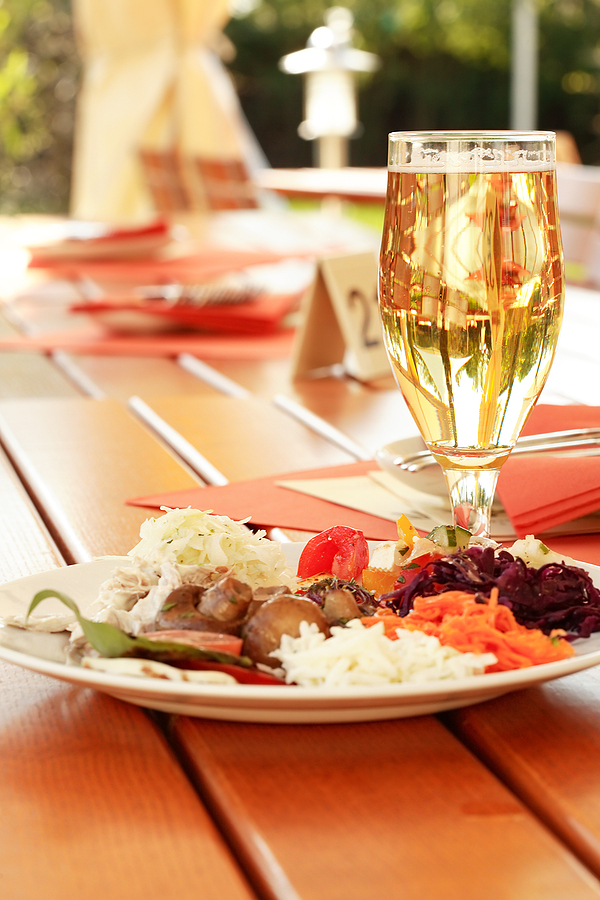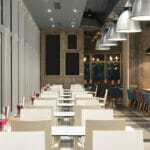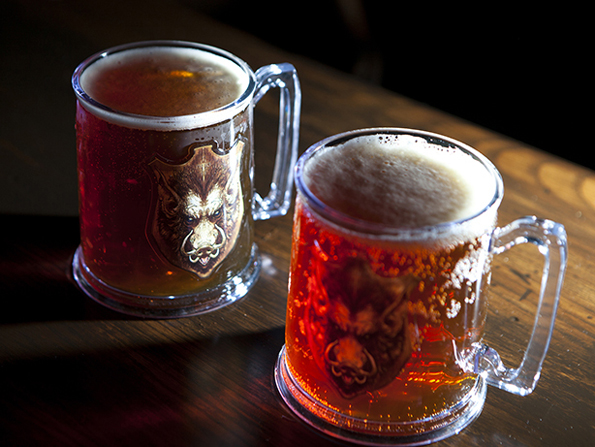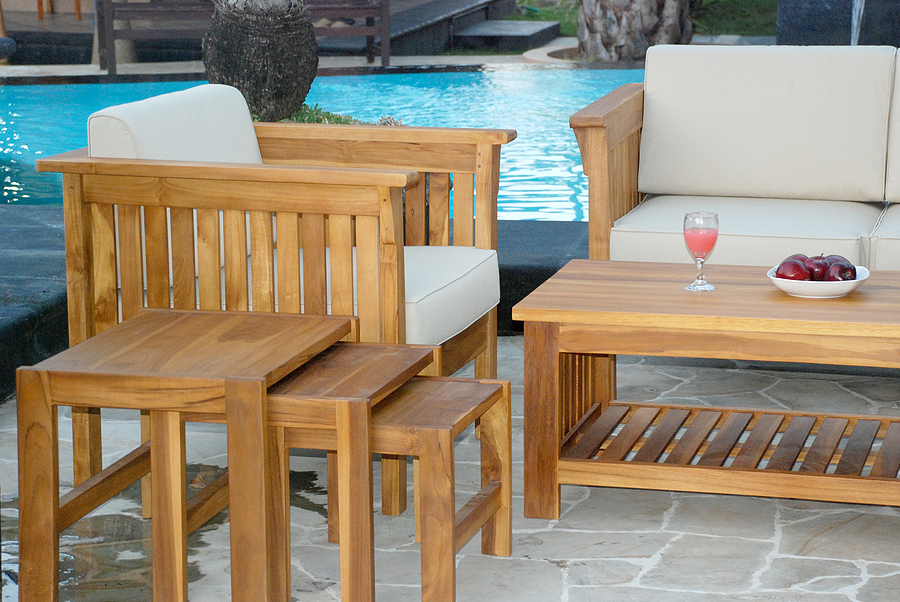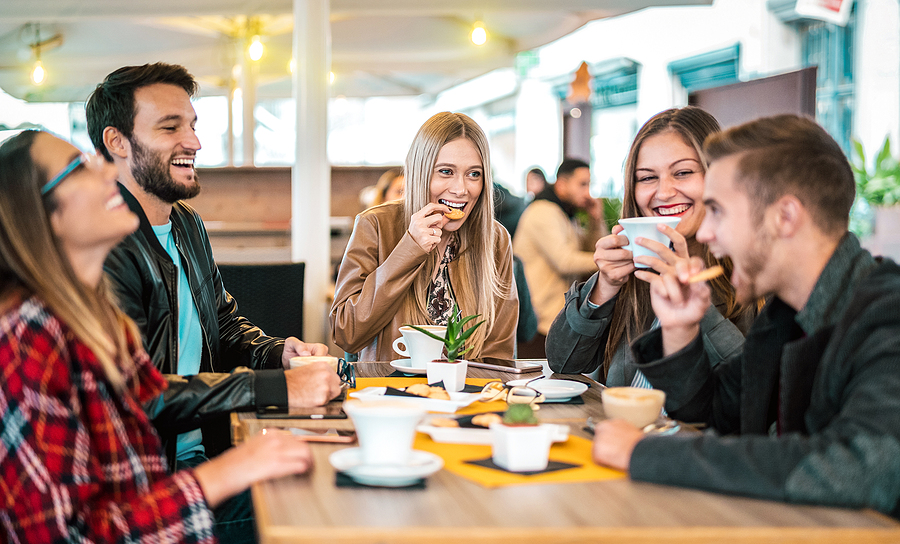Outdoor dining has always been considered a luxury, and restaurants striving to provide a high end experience will always take this into account. The coronavirus pandemic has made it so that many if not most people have started preferring outdoor dining due to the lower risk of contracting an infection in the fresh air as compared to circulated air that you would be breathing indoors. Many local, state and federal regulators are mandating that restaurants only serve customers outdoors as well, which further increases the importance of looking into furniture that would work in such a setting for restaurateurs.
Both aesthetics and practicality need to be kept in mind here. Outdoor spaces generally require a different set of materials than indoor spaces. You can’t use rexine leather restaurant booths or wood outdoors unless you want your furniture to be ruined all of a sudden when it rains or in the long term due to exposure to the sun’s rays. Steel is a terrible option to due to its tendency to rust in even slightly moist or humid conditions. You are therefore left with two options, namely aluminum and plastic.
The former is more expensive than the latter, but offers a much more premium aesthetic. It’s also easier to clean due to its entirely slick surface. Plastic doesn’t do too badly in the cleaning department either, but it often has small grooves and imperfections that can trap dirt and make occasional deep cleans necessary. On the other hand, plastic furniture is usually made in such a way that it can be stacked. This might make it better than aluminum, since outdoor spaces usually need to be disassembled rather quickly particularly at close of business when all restaurant property will inevitably be brought indoors.
Striking a balance between lightweight and durable furniture is important, but it’s safe to say that light furniture should take precedence over durable items. You do need a fair amount of durability such as resistance to the elements and the like, but nothing so serious that it would add extra weight to the furniture. It is definitely preferable to purchase furniture that is easy to move, and if the furniture can be stacked then this is an added benefit that shouldn’t be ignored. Mobility can mean the difference between a versatile and quickly adaptable outdoor space and one that is rigid and fails to meet the needs of the customer.
Hence, an argument can be made that plastic is superior to aluminum, at least for the moment. Some might still prefer aluminum due to its greater visual appeal, and that’s perfectly valid. Restaurants operating in hotter parts of the world should avoid aluminum and any other metal in outdoor spaces, though. Aluminum conducts heat pretty effectively, and while this makes it great for laboratory applications it does not make it suitable for outdoor seating when the weather is hot lest you give your customers some unpleasant burns.
Speaking of the heat, your furniture arrangement will be impacted by such things as well. Try to place as much furniture as possible in the proximity of shaded areas. Trees can be important accessories for outdoor dining spaces, creating a cooling effect on the surrounding environment and can provide ample shade that would shield customers from the harsh sun. They also provide a very lush and verdant aesthetic, one that would be well received by customers due to its naturalistic design elements that are often missing from the austere and sparse interior designs of the modern day.
Trees are only the tip of the iceberg, however. The shade they provide is comforting but more advanced measures should be taken such as having awnings or parasols that can provide constant shade. Customers would be able to dine at any time of the day and be guaranteed shade which trees usually can’t provide since some sunlight invariably ends up shining through the gaps in the leaves. A lack of shade might result in the hours between noon and the late afternoon being slow for your restaurant, and you will definitely need the foot traffic during this pivotal lunch hour to keep the lights on.
The lights in question will need to be arranged outdoors as well, of course. This is a fairly simple problem to fix. Fairly lights can be strung up at various locations to create a twinkly lighting arrangement that emanates a soft glow. Such lights are generally quite romantic which is perfect for evening occasions when people will be taking their dates out for a bite to eat. Relying solely on fair lights won’t work since the glow they offer can be rather dim unless you use ridiculously large quantities, so try to supplement them with lamps that can be connected to the main power grid.
If you want to make your outdoor furniture seem even more romantic and add an aura of mystique to it, you could try using candles. They can pose a bit of a fire hazard but restaurateurs using plastic tables won’t have to worry about that all that much. Chinese lanterns are also an option that can allow for mysterious lighting but also add an ethnic element to it that can be quite pleasing to look at.
Figuring out outdoor dining arrangements has become more crucial than ever for restaurateurs. Understanding what furniture can work best in these setups can help you be on your way to providing your loyal patrons with an outdoor dining experience that is on par with the indoor dining they might be used to, and if you play your cards right it might even be superior. The combination of right materials, smart setting and attractive accessories can go so far as to make outdoor dining the new normal in areas where the weather permits such luxuries all year round.
Image Source: BigStockPhoto.com (Licensed)
Related Categories: Work, Reviews



